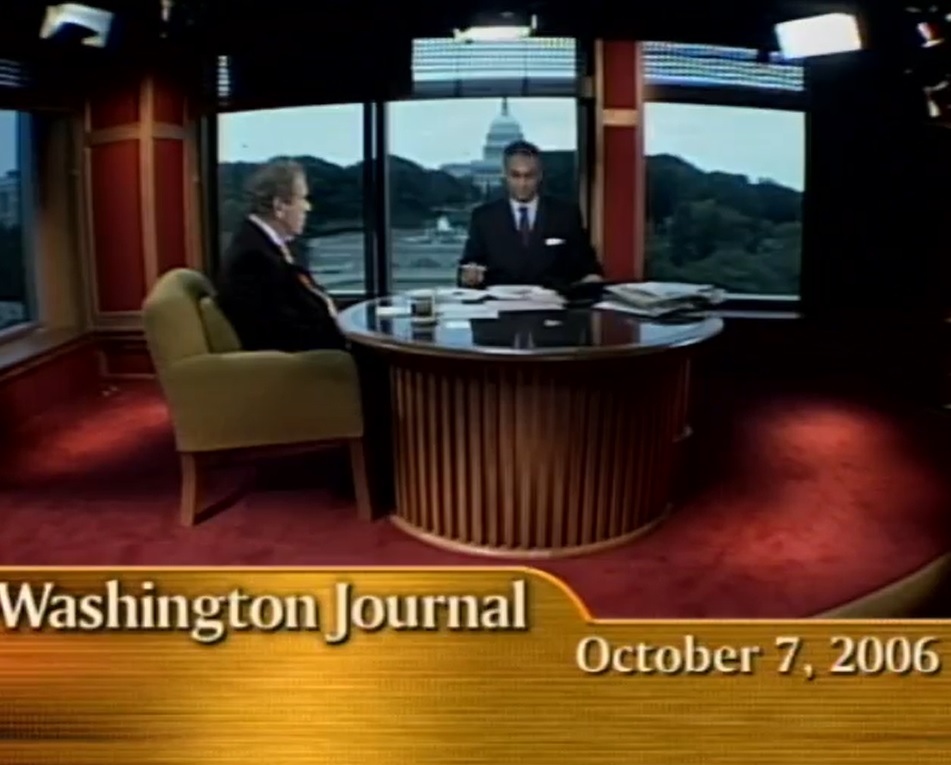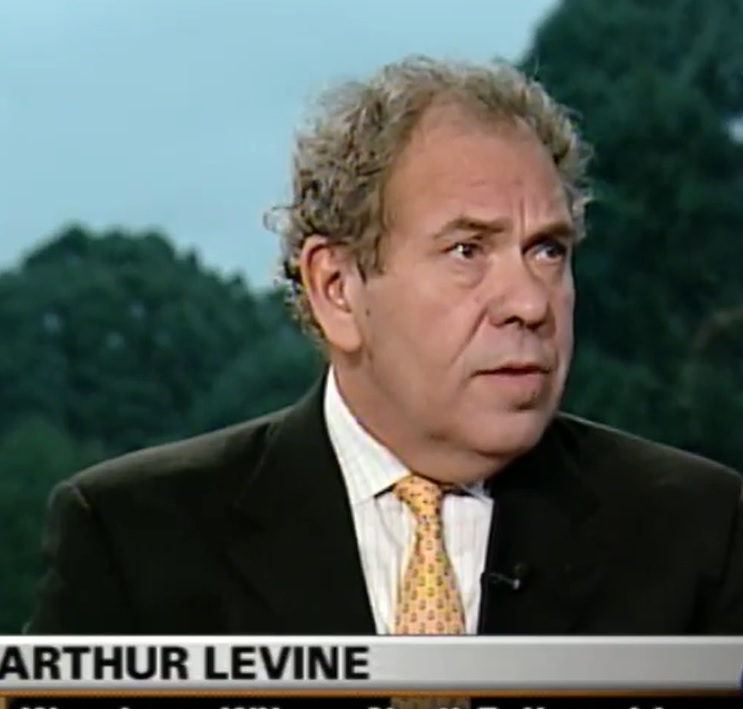
Winter Edition
![]()
Blast
from Past:
Interview of
Barbara
Wallace
Blast
from Past:
Report from
Early Stages
of Arthur
Levine's
TC
Restructuring
Reprise
KATESOL
2006:
Kathy Escamilla
Keynote
Reprise:
Report from
the 1st ever
TESOL Peace
Forum
Sociocultural
Study of
Rock-Picture
Writing
Decision-Making
Skills and
Self-Efficacy
SEE INAUGURAL
EDITION FROM
SUMMER 2020
editor@
Information:
multilingual
adaptive.net
![]()

March Madness 1996:
Reflections on a #1 Ranking
Robb Scott had an opportunity to observe and report on the restructuring process that new president Arthur Levine kick-started when he took over at Teachers College, Columbia University. This article was written in the spring of 1996, and appeared in the student paper called TC News.
It's "March Madness," and college basketball fans couldn't be happier. As most of us do, I have a favorite--the Kansas Jayhawks. I took my kids to see them play Temple University in the "Jimmy Vee" Classic around Christmastime. We went into the game ranked #1 in the country. The Temple Owls beat us up inside and all we could do was hope that a young Jayhawk guard would keep hitting those three-pointers and sinking his foul shots. He didn't. No team can win consistently if they depend on one person to do all the heavy lifting. An immense sigh of relief went out from the Kansas fans when we managed to hold onto a tie and force an overtime.
Temple then reeled off ten straight points and we all headed for the doors. It takes a couple of losses like that to build a team capable of winning a string of six games in a row to become the NCAA champions. We'll see how it goes over the next few weeks for the Jayhawks as they try to culminate a season of learning and growth.
The significance of a number one ranking
The students, faculty and staff of Teachers College are breathing a collective sigh of relief this week, as it dawns on us that we've tied Harvard for top ranking in the U.S. News survey of graduate schools of education. Wow! That's neat. We jumped from fourth to a tie for first, shooting past Berkeley and Stanford in one year's time. In truth, we belonged higher in the rankings last year, the first time around.
According to a source in TC External Affairs, the '95 U.S. News survey was flawed because there were two separate listings for Teachers College and Columbia University on the document sent out to peer institutions to determine scores on the reputation variable. TC President Levine intervened personally with the data analysts working on the U.S. News rankings in December '94 and January '95, negotiating behind the scenes a "split the difference" approach that kept TC from showing up even lower on the scale.
President Levine has worked overtime to stimulate the members of this institution to forge the relationships in the world outside TC's towers that permit information about the exciting signs of new life here to filter out to people who are interested in improving American education today.
Spreading the word about TC's resurgence
Last spring regional business and education representatives joined the secretary of education's Region II representative and TC faculty at our satellite link with Secretary Riley's summit on changing the nation's schools.
Ann Lieberman and Linda Darling-Hammond, through NCREST, are at the center of an expanding network among schools around the country sharing data on successful restructuring projects. The high profile of TC in these and other "cutting edge" activities surely has enhanced our reputation among superintendents (who participated in the rankings this year) and at our peer institutions. President Levine has mobilized a vanguard of strong researchers and educators to carry the message of a revitalized TC across the nation, via networking, media and political activity.
The first six steps of the restructuring process
In less than two years, Arthur Levine has raced through what John P. Kotter describes as the first five steps of the restructuring process: "establishing a sense of urgency; forming a powerful guiding coalition; creating a vision; communicating the vision; and empowering others to act on the vision" ("Leading Change: Why Transformation Efforts Fail," Harvard Business Review, March-April 1995). And, with the tie for first in the U.S. News ranking, he has moved to step six: "planning for and creating short-term wins." Step seven, according to Kotter, would be "consolidating improvements and producing still more change." Now, President Levine can use his solid credibility to "change systems, structures and policies that don't fit the vision" that he has begun to establish here, "reinvigorating the process with new projects, themes and change agents."
When change resisters join the celebration
The greatest gift that President Levine has given our community is renewed pride in the College. The difference between this sense of pride and the utterly depressed atmosphere associated with the several years prior to his arrival is like night and day. Yet, at the same time that we are celebrating and heaving great sighs of relief over the U.S. News results, we are most at risk of committing what Kotter calls "error number seven: declaring victory too soon."
In Kotter's words, "it is often a combination of change initiators and change resisters that creates the premature victory celebration. In their enthusiasm over a clear sign of progress, the initiators go overboard. They are then joined by the resisters, who are quick to spot any opportunity to stop change ... Premature victory celebration[s] kill momentum. And then the powerful forces associated with tradition take over." In Kotter's analysis of successful restructuring projects, peak amounts of change came in year five, "fully 36 months after the first set of visible wins."
Obviously, the power politics within TC's archaic bureaucracy are not central to the restructuring process that President Levine has set into motion. But to the extent that these politics interfere with the academic pursuits of students, they are relevant and ought to be addressed. Why are policies generated out of a "black box" mentality without bringing into the process students whose academic and personal lives will be impacted? Why aren't students sent memos announcing important items such as "town meetings" if our input is really crucial to the policymakers? Why is President Levine "explaining" the downsizing from 17 to nine departments rather than having included students from the start in the discussions that led to this change?
Can faculty improve without feedback from students?
Why is there still no official course-evaluation system in place that would give students, faculty and administration their first real data on the contents of a TC curriculum that is supposedly being restructured? The lack of required and public course evaluations insulates our professors from any real feedback on their instruction. How can anyone in administration know what is going on at TC if they don't bother to survey student experiences in any systematic way?
There is a strange hollowness to the restructuring progress made so far here. It's kind of like that "perfect" lesson plan that cruises along just fine as long as none of the students interrupts the teacher to ask what the point is.
Opening the doors to student participation
In his superhuman efforts to transform Teachers College, President Levine has impressed many students. One evening during Thanksgiving break, 1994, a group of us at Bancroft felt we just had to vent a bit and get away from the books for a game of basketball over at the TC gym. The Office of Student Life had left strict instructions that no one be allowed to use the gym over the holiday. But our group had the desire to play and the will to persevere in our efforts to gain entry to TC's ancient courts. We spotted Arthur Levine's door open and went down to see if the new president could help us out. The weary scrivener looked up from his task (meeting the deadline on a million-dollar grant proposal) and attempted to smile. After we gave him a five-second explanation of the problem, he directed his assistant to intervene for us. The president understood our desire to play and ignored his own concerns long enough to effectively resolve the issue at hand. We played ball that night and blessed the man who made it possible.
The challenge today for President Levine and his guiding coalition is to open the policymaking doors and encourage involvement of TC students in future phases of the restructuring process by, for example: 1) offering greater financial assistance, 2) reimbursing students for their collaboration on funded grants, 3) establishing in-house publications coauthored by faculty and students and 4) awarding start-up scholarships and credits for student-generated projects in the local Morningside Heights and other NYC communities. Students should be surveyed immediately on their perceptions of the restructuring process so far and their suggestions for new areas of improvement. A course-evaluation system should be put into place now, providing a public document available to students in the library, where they can assess prior courses and make informed decisions when they choose their classes each semester. If restructuring is to be successful at TC, it must include students as the central component--not pass them by.
2021 The Multilingual Adaptive Systems Newsletter
Original report by Robb Scott appeared in the March-April, 1996 edition of TC News, the student paper at Teachers College
editor@multilingualadaptive.net
